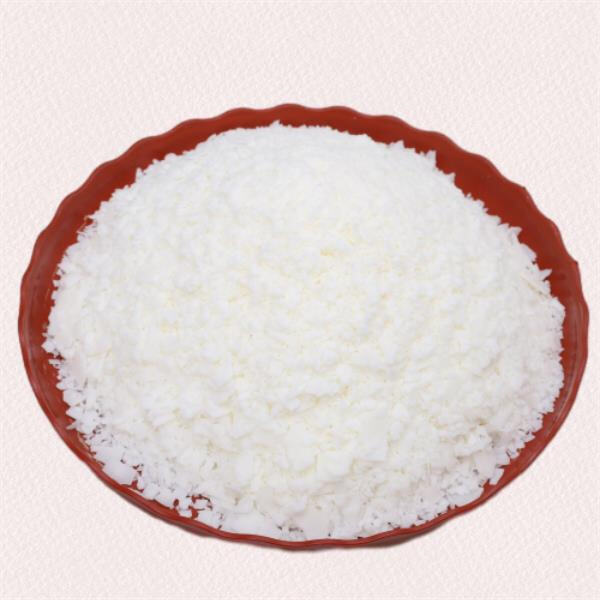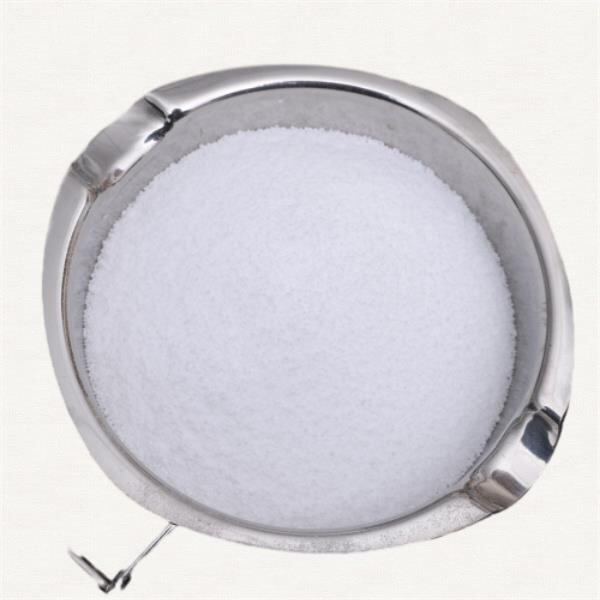هذه الأنواع من الصبغات هي لون خاص يجعل القماش يبدو بلون زاهي. تعمل هذه الصبغات بشكل فعال على الارتباط بالقماش، مما يجعله لامعًا لفترة طويلة بعد وضعه في الغسالة. في هذا المقال، سنستكشف آليات عملها. صبغات تفاعلية وتحدث عن الأسباب التي تجعلها الخيار الأفضل لصبغ الملابس مع بعض المعلومات المثيرة للاهتمام حول هذه الصبغات.
يمتلك الأصباغ التفاعلية القدرة على إعطاء ألوان زاهية ودائمة لأنها تتفاعل بشكل جيد وتتصل بالألياف الموجودة في القماش بطريقة فعّالة. هذا يعني أنه عند تطبيق الصبغة، فإنها تخترق وتصبح جزءًا من القماش بدلًا من أن تبقى على السطح مثل بعض الأصباغ الأخرى. وبما أن الصبغة تصبح جزءًا لا يتجزأ من القماش، فإن الألوان الناتجة تكون أكثر دوامًا مقارنةً بالألوان المطبوعة التي قد تبهت مع مرور الوقت. وبالتالي، تظل الملابس المصبوغة بالصبغات التفاعلية ناضرة وزاهية لفترة أطول، ولا تفقد درجة زهو اللون بعد الغسل المتكرر.
يأتي الاسم من الطريقة التي تتفاعل بها هذه الصبغات كيميائيًا مع ألياف القماش الخاص بك. عندما يتم تطبيق الصبغة على القماش، فإنه يرتبط كيميائيًا بالذرات الموجودة في القماش، أو بمعنى آخر، تحدث réactions كيميائية. هذه reaction مهمة لأنها تشكل رابطًا قويًا لدرجة أن الصبغة تصبح مختلطة بشكل دائم مع ألياف القماش. وهذا يجعل الألوان دائمة وواضحة، وهو السبب في استخدامها بكثرة بين المصممين وصانعي الملابس.

إحدى هذه الصبغات التفاعلية هي: أحد أكبر المزايا لهذه مواد صبغية تفاعلية هو أنها صديقة للبيئة. وهذا لأنها تستهلك كمية أقل من الماء والطاقة للعمل مقارنة بأنواع أخرى من الصبغات. على سبيل المثال، بعض الصبغات تحتاج إلى تسخينها إلى درجات حرارة مرتفعة جدًا لكي تعمل، بينما عند استخدام الصبغات التفاعلية، يمكنها أن تحقق نتائج جيدة دون الحاجة إلى هذا القدر الكبير من الحرارة. بالإضافة إلى توفير الطاقة، فإن هذا يقلل أيضًا من الأثر السلبي على البيئة أثناء عملية الصباغة. علاوة على ذلك، فإن الصبغات التفاعلية تنتج قدرًا أقل من النفايات وتسبب تكوّن عدد أقل من المواد السامة الثانوية، مما يجعلها أفضل لبيئتنا.

تتميز الأصباغ التفاعلية بمرونة ممتازة ويمكنها إنتاج مجموعة واسعة من الألوان على مختلف الألياف. يمكن استخدامها لصبغ الألياف الطبيعية مثل القطن، وهو أمر شائع جدًا، وكذلك الألياف الصناعية مثل البوليستر. توفر هذه المرونة العالية للمساحات الإبداعية لدى المصممين أثناء تطوير قطع ملابس فريدة ومثيرة. وهذا هو السبب في كونها شائعة جدًا في الملابس التي تحتاج لأن تكون مميزة وجذابة، وأكثر ارتباطًا بالموضة، حيث يمكن استخدامها أيضًا في عملية إنشاء أنماط ونسيجات مختلفة على القماش.

تعد صبغة الملابس تقنية شائعة يمكنها إنتاج تأثيرات لون ديناميكية، أحد أكبر المزايا لاستخدام الصبغات التفاعلية في هذه العملية هو النتائج الدقيقة والمتساوية التي تقدمها. تتصل الصبغات التفاعلية بإحكام مع ألياف القماش لإنشاء لون موحد ومتساوٍ عبر كامل القطعة. بهذه الطريقة يمكن للمصممين الحصول على الدرجة والعمق الدقيق للون المرغوب دون اختلافات أو بقع غير متجانسة. تعتمد صناعة الموضة بشكل كبير على هذا النوع من الدقة حيث يتم تكليف العلامات التجارية بإنتاج منتج متسق وجودته عالية يسعد عملاءهم في مجموعة ناجحة.


حقوق الطبع والنشر © شركة نانجينغ FNAT الكيميائية المحدودة. جميع الحقوق محفوظة - سياسة الخصوصية